We caught up with the brilliant and insightful ANA LLUCH a few weeks ago and have shared our conversation below.
ANA, thanks for joining us, excited to have you contributing your stories and insights. So, let’s start with trends – what are some of the largest or more impactful trends you are seeing in the industry?
Having worked in marketing and communications for nearly a decade, I’m often asked about the latest trends in our industry. My answer is always that it’s not about what the trends are, but who is driving them. Currently, marketing and communication teams are striving to adapt to an increasingly demanding world, led by a dominant generation. Who are the driving forces? People like me—millennials.
Born between 1980 and 2000, we are now between 20 and 35 years old, (I’m closer to 32 but don´t tell anyone), and we represent the largest and most influential generation of consumers globally. Consequently, we are the focal point for all brands because we have very specific needs and a propensity to spend, but we make highly conscious decisions. Out of the approximately $600 billion we spend annually, it’s not just the product that drives us but the company’s reputation, authenticity, ethics, and mission.
For instance, we are less likely to trust a company that lacks a significant presence on social media because we are the first digital-native generation and expect brands to be equally connected. We crave unique experiences, from travel to gastronomy, and with limited time, we seek products that simplify our lives. Additionally, before making any purchase, we always check reviews and evaluate quality against price.
As a result, to increasingly understand this generation in their daily lives, both digital giants (like GAFAM) and other companies use AI to analyze large amounts of data from media, social networks, or search engines to create more tailored and contextualized content strategies. Creativity remains vital, but it must be supported by data showing real-world relevance and aligning with trends on platforms like TikTok, Snapchat, and many others.
Consequently, the need to adapt AI policies towards creating responsible AI becomes more evident, considering the associated risks such as data privacy, algorithmic biases, and transparency in automated decisions. Companies must adopt a more cautious and regulated approach. With almost daily demands for regulation, especially in Europe, but also reaching the U.S., initiatives like Safe Superintelligence by Ilya Sutskever, co-founder of OpenAI. This new venture aims for a single objective: a “safe superintelligence artificial” that is fully secure and controllable by humans. This indicates the direction the trend is taking and, in my opinion, is the approach that should have been adopted from the beginning. However, balancing business models with justice and equity remains a challenge that all companies continue to grapple with today.
Google has also shown an unyielding stance by eliminating third-party cookies in Google Chrome, a move that will significantly impact online advertising and data monetization. This decision I believe follows millennials´ demand on authenticity and integrity. They expect brands to safeguard their information and be transparent about data usage. As a result, companies must adapt by implementing stricter data privacy measures and communicating these efforts effectively to their audience.
And when it comes to responding to our zest for life—traveling more, feeling everything more deeply, and seeking unique experiences—the industry is adapting remarkably. In response to this desire for experiential engagement, we see varied examples: Netflix transcending the screen to create physical experiences with themed rooms based on their iconic shows, or combining retail, dining, and cinema into 100% Netflix entertainment centers.
Moreover, the rise of experiential marketing through VR or AR and the highly anticipated Vision Pro underscores the growing emphasis on immersive experiences. These trends collectively highlight the shift towards a more interactive, data-driven, and ethically conscious marketing landscape, reflecting the demands of our generation.
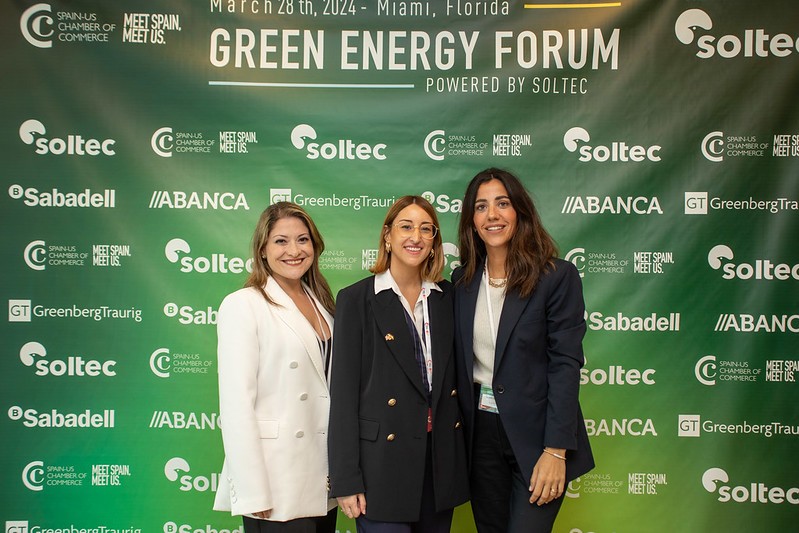
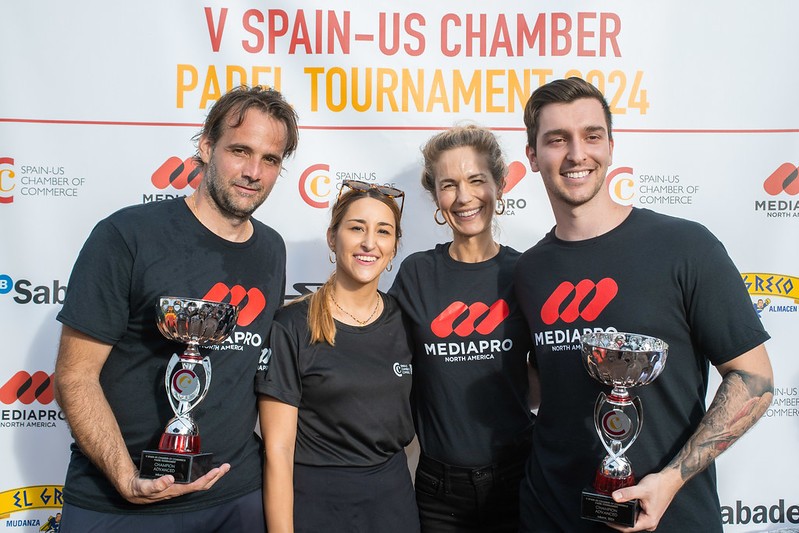
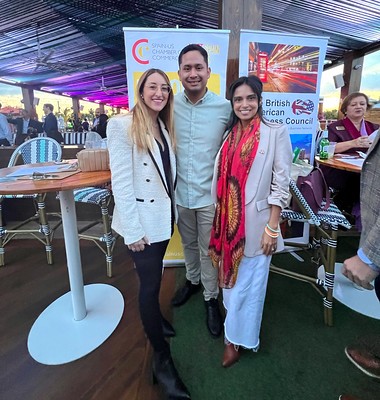

As always, we appreciate you sharing your insights and we’ve got a few more questions for you, but before we get to all of that can you take a minute to introduce yourself and give our readers some of your back background and context?
My name is Ana, and my journey into the world of marketing and communications began with a childhood dream. Picture this: a young girl wandering around with a makeshift microphone, convinced she was a CNN journalist. My best friend and I even launched our own magazine, passionately reviewing the latest films every week. My love for the seventh art was just the beginning of my creative journey.
Fast forward a few years, and that little girl’s passion has evolved into a dynamic career. After completing my studies in Journalism and Corporate Communications, I gained invaluable experience in Spain with communication agencies and clients from a variety of industries, including tourism and healthcare. During this time, I organized events such as a bank’s results presentation, planned media strategies, managed influencers for hotel openings, and implemented both external and internal communication plans. But my ambitions were bigger—I always yearned to grow as a professional in a multicultural environment and to live in the land of opportunities. So, six years ago, I packed my bags and moved to the United States.
Once I arrived, I continued my career in a communications agency specializing in digital marketing, public affairs and media relations. I take particular pride in my work on healthcare projects in the Americas. These projects included awareness campaigns about cancer, obesity, diabetes and rare diseases, among others. My work helped patients better understand their symptoms and treatment options, ultimately empowering them to make informed decisions about their health. And there is nothing I enjoy more than positively impacting the lives of these patients.
In 2020, in the midst of the pandemic, I received the Bronze Stevie award with my colleagues at LLYC for our project “My name is DAVID-19.” This project, in collaboration with the International Development Bank, involved developing a digital communication plan for an app aimed at fighting COVID-19 by monitoring the health status of people worldwide, especially in Latin America.
Today, I proudly serve as the Head of Marketing and Communications at the Spain-U.S. Chamber of Commerce in Miami, one of the largest binational chambers in the United States and with 44 years of history. Our primary goal at the Chamber is to facilitate the growth and success of Spanish companies expanding into the U.S. market and to promote and encourage business between Spain, the US and Latin America. We strive to build a supportive community, offering guidance and resources to help our members achieve their business objectives. But for me, this is not just a job; it’s something personal. I want to be the companion on the adventures of all those entrepreneurs, just as I would have liked to have had when I first arrived in this country. In my role, I ensure that every member feels supported and inspired. Whether through our meticulously planned events, our engaging digital magazine, or our various platforms, we are here to help our members turn their dreams into reality.
As I understand the crucial role professional relationships and contacts play in driving a company’s growth, we regularly organize a variety of activities, including seminars, breakfasts, fairs, and networking events. These activities provide our members with opportunities to exchange experiences, find potential clients, and establish commercial partnerships. Our aim is to create opportunities for our members to forge valuable connections and boost their visibility in the market. And that´s the meaning of marketing and communications for me: crafting meaningful experiences, always learning, adapting, and innovating.
I sincerely believe in the transformative power of communication. Those who know me will attest that I am perpetually surrounded by vibrant energy, inspiring music and movies, and enriching literature. It is this passion that propels me forward, always guided by my favorite maxim: “Do it with passion, or not at all.”
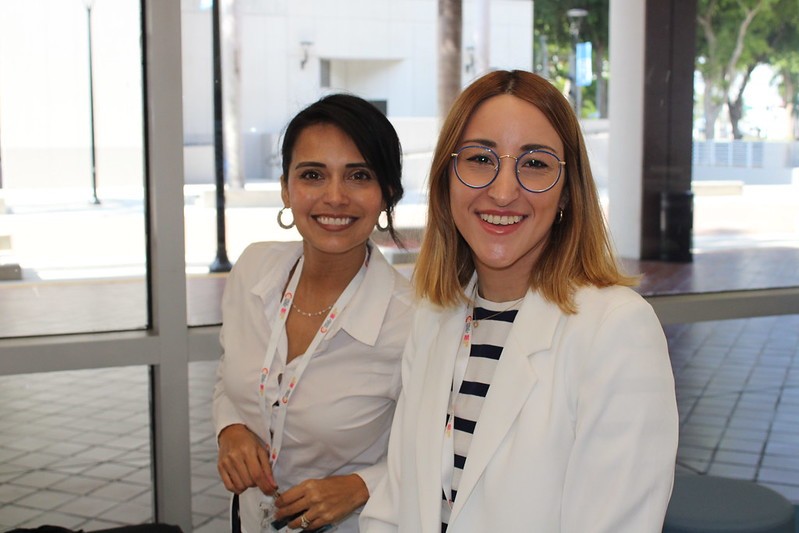
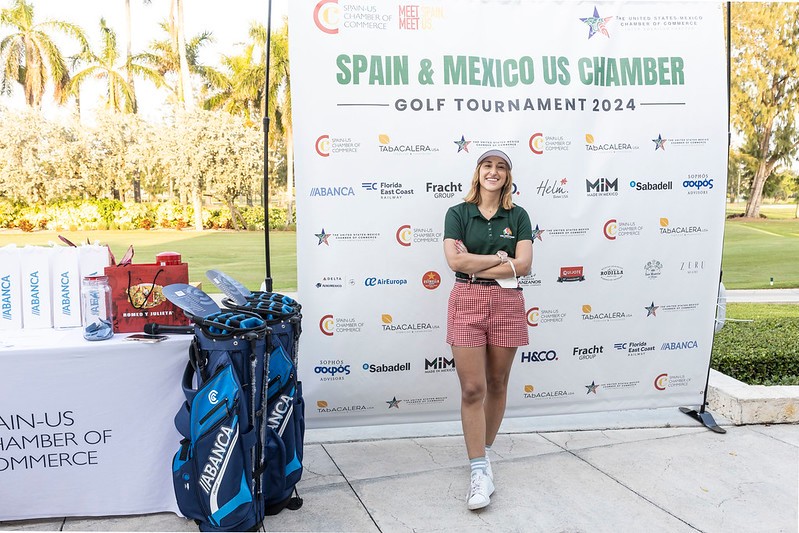
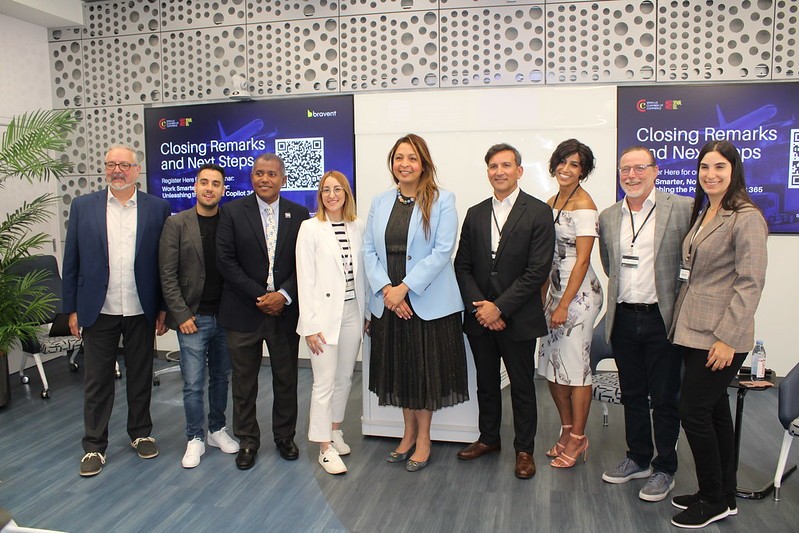
Are there any books, videos, essays or other resources that have significantly impacted your management and entrepreneurial thinking and philosophy?
Absolutely. Here are a few that stand out:
Mario Alonso Puig’s talk, “The Power of the Mind,” deeply influenced my understanding of how our thoughts and emotions shape our physical health, performance, and well-being. It taught me the value of resilience and maintaining an optimistic attitude, which I try to apply in my day-to-day life and work, helping me support and motivate my team more effectively.
“Start with Why” by Simon Sinek: This book taught me the importance of having a clear purpose behind what you do. It emphasizes that people don’t buy what you do; they buy why you do it. This principle has guided me in crafting communication strategies that resonate on a deeper level with audiences.
TED Talks by Brené Brown: Brené Brown’s talks on vulnerability and empathy have particularly influenced how I approach team management and client relationships. She discusses her research on human connection, authenticity, and courage. Brown argues that embracing vulnerability is crucial for fostering innovation, creativity, and meaningful relationships.
“Blue Ocean Strategy” by W. Chan Kim and Renée Mauborgne: This book introduced me to the concept of creating uncontested market space, or “blue oceans,” rather than competing in oversaturated markets. It has encouraged me to think creatively and strategically about finding new opportunities for growth.
The “How I Built This” podcast by Guy Raz has been a fantastic source of inspiration. Listening to the stories of how entrepreneurs have built their companies from the ground up provides valuable insights and lessons that I try to incorporate into my own professional and creative journey.
Lastly, something that has always guided and inspired me is cinema and TV shows. Here are some recommendations that have made me think and truly shaken my world: “Poor Things,” “Her,” “Into the Wild”, “Air,” “Succession,” ¨Black Mirror¨, “The Social Dilemma”, “Still Alice”, “Captain Fantastic,” “Green Book,” “Don’t Look Up,” and “Past Lives.”
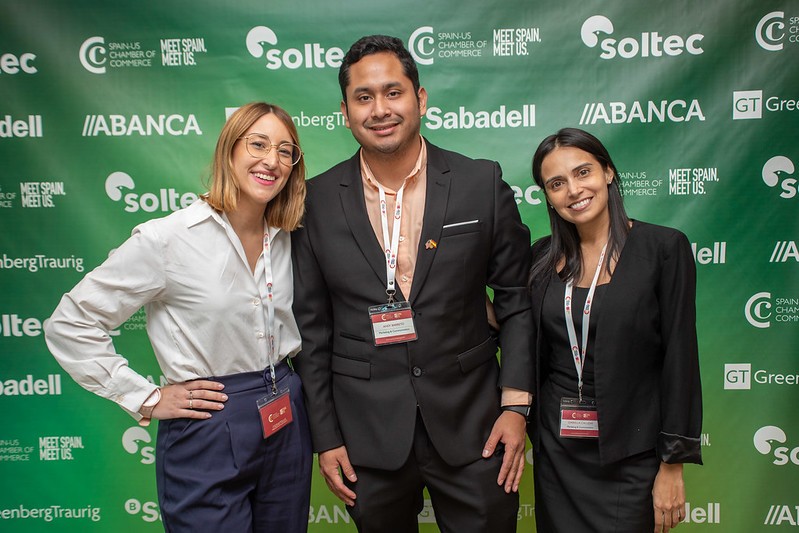
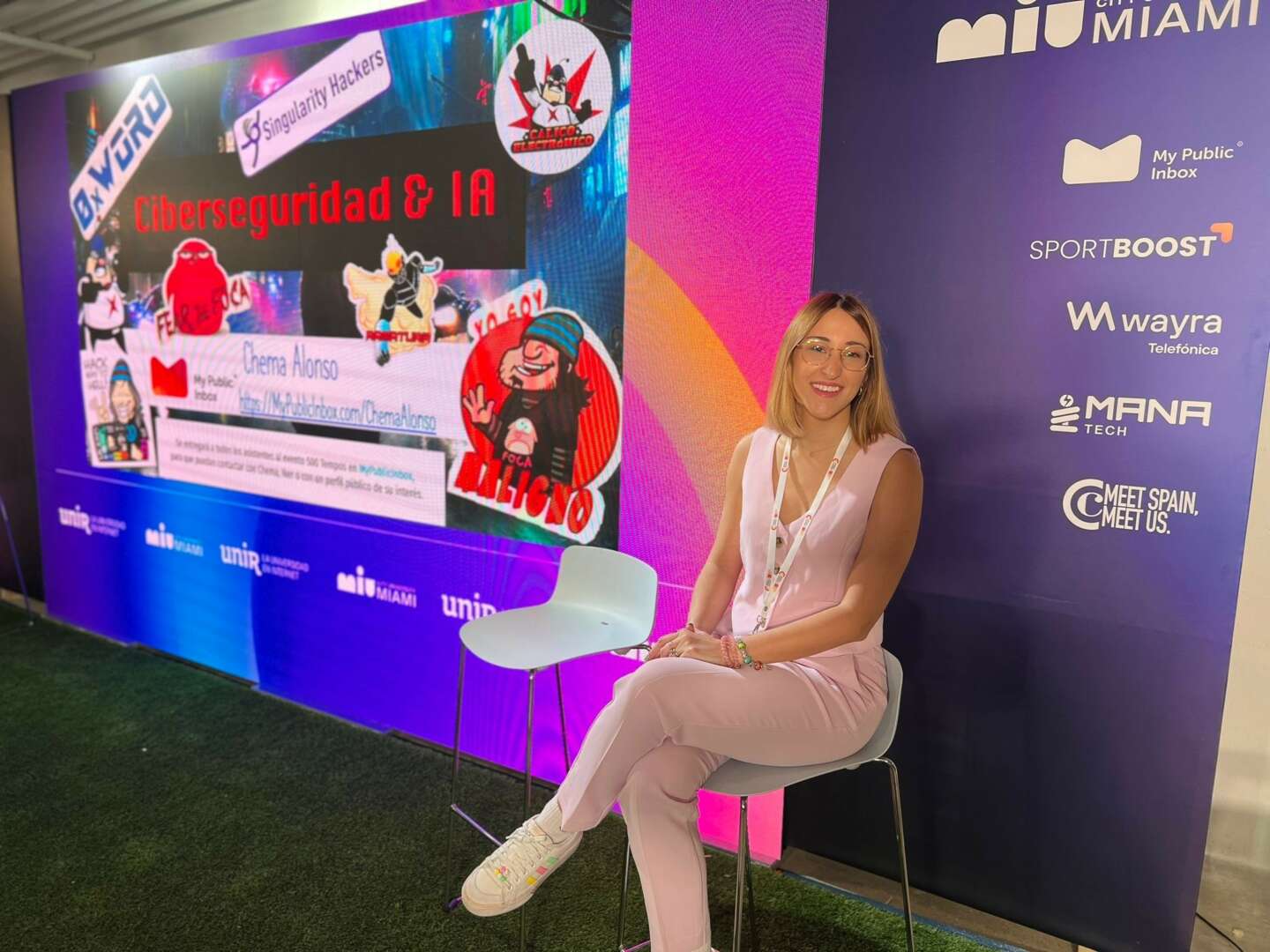
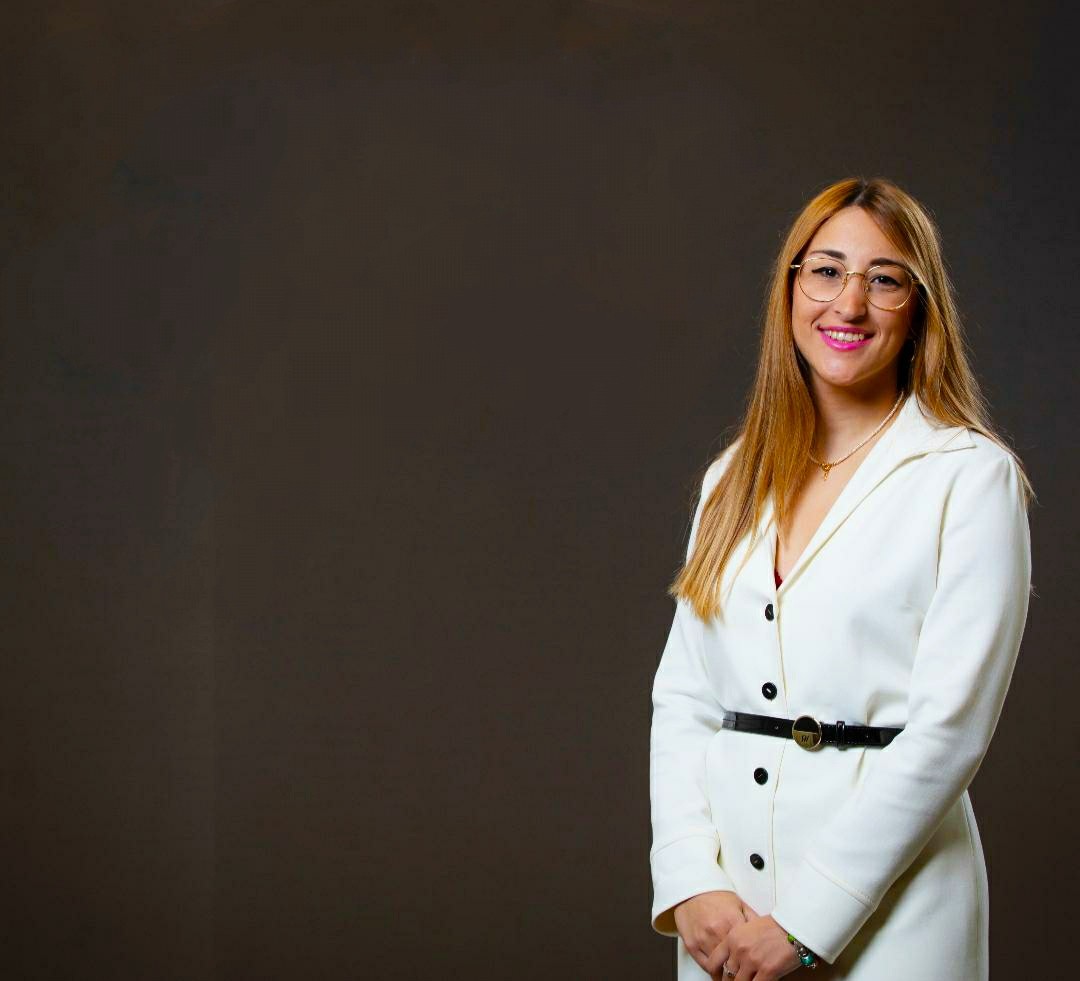
Are there any resources you wish you knew about earlier in your creative journey?
These resources have had a profound impact on my creative journey once I discovered them, and I can only imagine how much they would have accelerated my growth had I known about them earlier.
I wish I had explored online courses and workshops on platforms like Coursera and Skillshare sooner. These platforms offer a plethora of courses on various aspects of creativity, marketing, and communication, covering everything from technical skills to creative thinking strategies. Access to these online courses would have accelerated my learning curve, allowing me to acquire new skills and knowledge at a much faster pace. The ability to learn from industry experts and connect with a community of like-minded individuals is invaluable.
“Steal Like an Artist” by Austin Kleon is another resource that would have been incredibly beneficial to discover earlier. This book is a manifesto for creativity in the digital age. Kleon presents ten transformative principles about being an artist in a connected world, emphasizing the idea that nothing is original and that we should embrace influence, remix, and reimagine to create new work. Understanding these principles earlier would have encouraged me to be more open to inspiration from diverse sources and to take more creative risks. It demystifies the creative process and makes it more approachable and fun.
Being part of networking groups and creative communities like CreativeMornings, Behance, and local industry meetups would have also been a game-changer. These groups offer opportunities to connect with other creatives, share work, and gain feedback. Being part of these communities earlier in my career would have provided valuable networking opportunities and support from fellow creatives. The exchange of ideas and collaborative projects are essential for growth and innovation.
Several newsletters, such as Multiversial Newsletter, 1440, and Maker Mind, have been invaluable in providing insights and updates on business, creativity, and entrepreneurship. They keep me informed and inspired on my professional journey, and I make it a habit to apply these learnings to my work.
Lastly, incorporating mindfulness and meditation resources like Headspace and Calm into my routine would have made a significant difference. These platforms offer guided meditation and mindfulness practices designed to reduce stress and enhance creativity. Incorporating mindfulness into my routine earlier would have helped me manage stress better and maintain a clear, focused mind. This practice is invaluable for sustaining long-term creativity and avoiding burnout.
And of course, my favorite one: Creating music playlists with inspiring songs or albums has always helped me concentrate and bring out my best work. Artists like Coldplay, Dire Straits, Sade, and the soundtrack of “Saltimbanco” by Cirque du Soleil are essential for me. Additionally, albums like “Dark Side of the Moon” by Pink Floyd, and “Book of love” by Peter Gabriel provide the perfect backdrop for deep focus and creativity.
Contact Info:
- Instagram: @allsanc
- Linkedin: https://www.linkedin.com/in/ana-lluch-348aa37a/
- Twitter: https://x.com/allsanc


